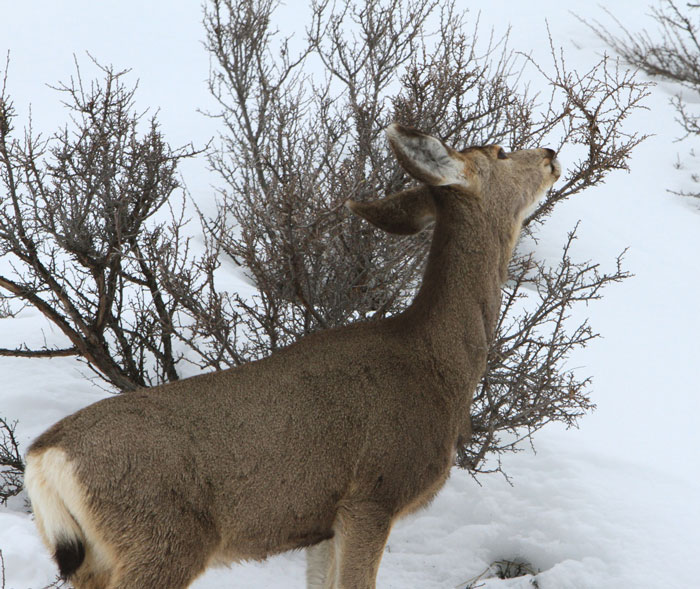After challenging winter conditions ravaged the western United States last season, results are beginning to pour in from mortality studies in the various western states.
Idaho, in particular, is showing better results than previously expected. Despite being the second-lowest winter survival in nearly 20 years, officials with the Idaho Fish and Game Department report that the mule deer fawn mortality was not as bad as expected.
Monitoring radio-collared fawns, the department found that 30 percent of those fawns and 90 percent of the collared does survived the deep snow and cold temperatures that plagued the region.
When it came to elk, the hardy ungulates did substantially better than the mule deer that were collared. Of the radio-collared elk calves, 54 percent survived the winter along with 96 percent of collared cows.
Keeping in mind these numbers are state-wide averages, they do not represent swings in populations noted in certain areas across the state. Some areas experienced as low as a 3 percent fawn survival rate while others were above the average statistics.
While not terribly quantifiable, many are pointing to Idaho Fish and Game’s winter feeding efforts for the albeit small, success of fawn survival. Operating across 156 feeding sites, the department spent upwards of $650,000 on winter feeding for an estimated 13,000 deer, 12,000 elk, and 200 pronghorn. In comparison with previous big game feeding efforts, particularly in 2008, last year’s spend marked a 68 percent increase for a winter many called the worst Idaho had seen in about 20 years.
In addition to protecting the animals, the feeding sites were largely used to also prevent big game animals from damaging crops and to keep the animals away from roadways and residential neighborhoods.
As a result of the radio-collaring project, the department has made reductions in available doe tags in many areas across the state. They also expect 2017 hunters to see fewer young bucks this fall but are more than confident the animals will make a full recovery over the coming years.




